
Ralph Hruban
Director, Sol Goldman Pancreatic Cancer Research Center
Recent innovation: iPad apps for teaching pancreatic pathology
Tap the talent around you. “Pursuing ideas is easy at Johns Hopkins. When we started to create our applications, we were quickly joined by extraordinarily talented faculty members and students from art as applied to medicine, pathology informatics and pathology photography. If you have an idea, create a team and make it happen.”
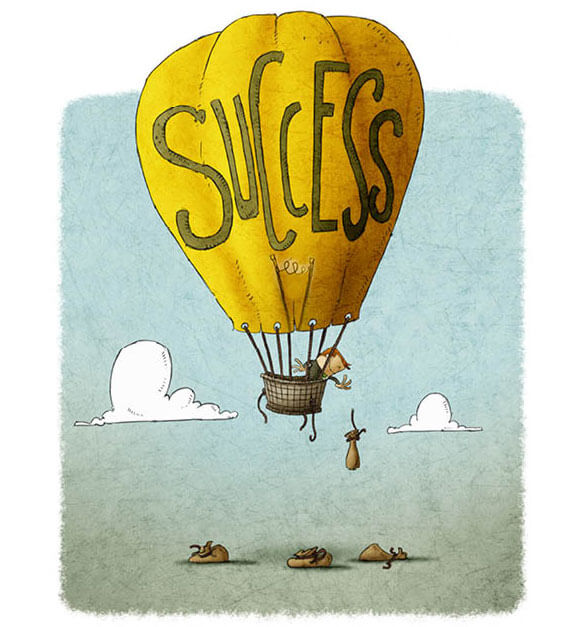
Gorkem Sevinc
Managing Director, Technology Innovation Center
Recent innovation: App for real-time collaboration between physicians and radiologists
Embrace failure. “There are many, many good ideas, and even more bad ones. Never be afraid to accept failure and let an idea or a product go.”
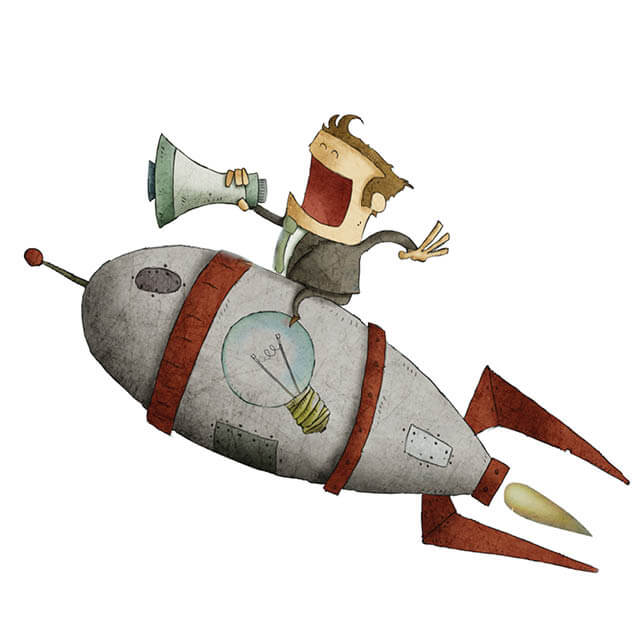
Dalal Haldeman
Senior Vice President, Marketing and Communications
Recent innovation:
#TomorrowsDiscoveries video series
Share your enthusiasm. “It is easy to keep the status quo, but it is more energizing to pursue a few innovative ideas. Engage others, listen and share the ideas with enthusiasm. The path often emerges by talking to colleagues.”
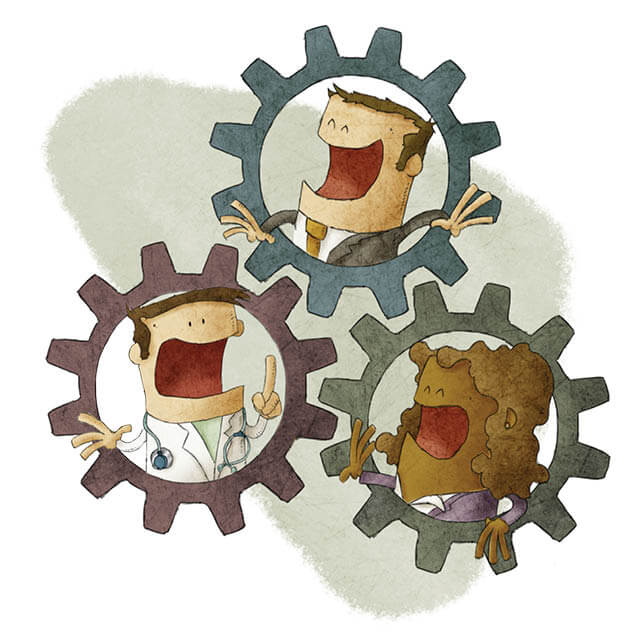
Jennifer Elisseeff
Director, Translational Tissue Engineering Center
Recent innovation: Using immune cells to improve tissue regeneration
Gain new perspectives. “I like to mix fields, getting a feel for how each one operates. For my work with regenerative immunology, I worked with cancer immunologists and took a sabbatical to learn about immuno-engineering.”
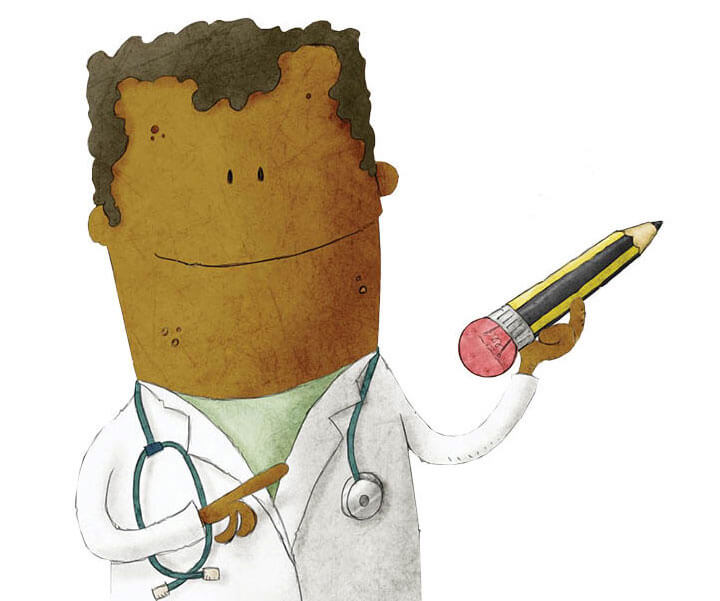
Robert Higgins
Director of the Department of Surgery
Recent innovation: Developing a division to support surgical science research and translation
Write it down. “I am always writing down thoughts and ideas that strike me as possible innovations. This creates a repository of ideas and themes I can nurture and cultivate. Many ideas that start out as ‘half-baked’ become more realistic with time. I don’t think any idea is too far out there.”

Rhonda Wyskiel
Patient Safety Innovation Coordinator, Armstrong Institute
Recent innovation: Family Involvement Menu
Empathize. “I always say, ‘Never underestimate the power of a casual conversation.’ I gain most of my inspiration though talking to people. I encourage teams to dig deep to understand what people say, think, feel and do.”
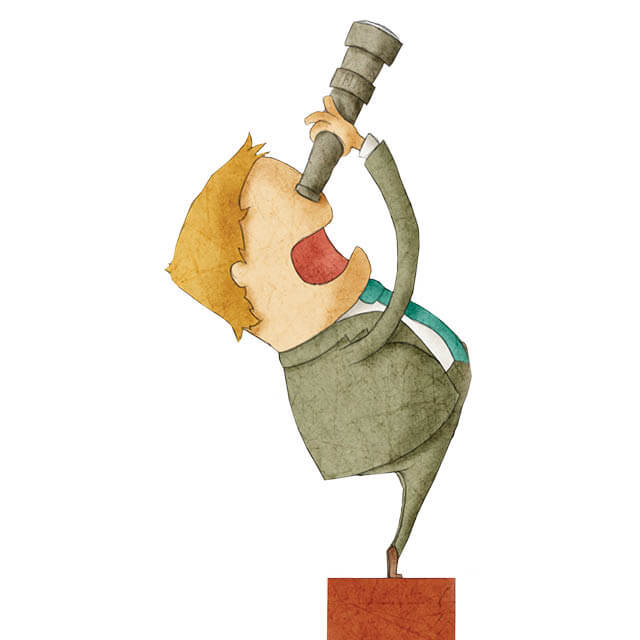
Alex Kolodkin
Professor of Neuroscience
Recent innovation: Insights into neuron connectivity
Embrace the unexpected. “The inspiration for much of our most innovative work comes from unexpected observations that take us in new directions. It is critical, however, that the underlying work leading us to these new areas of discovery be extremely solid. For example, a few years ago, a graduate student in my group noted a wiring defect in the retinas of mutant mice. Though studying the visual system was a new direction for us, it led to the first identification in a mammal of cues that direct the wiring of neurons in the retina.”

Carisa Cooney
Assistant Professor, Department of Plastic and Reconstructive Surgery
Recent innovation: Online assessment tool for resident training
Be open. “I listen to my colleagues, friends and others around me talking about professional challenges they face. My training in studio art, along with protected time between projects, helps me think creatively, forming free associations that can lead to unusual solutions.”
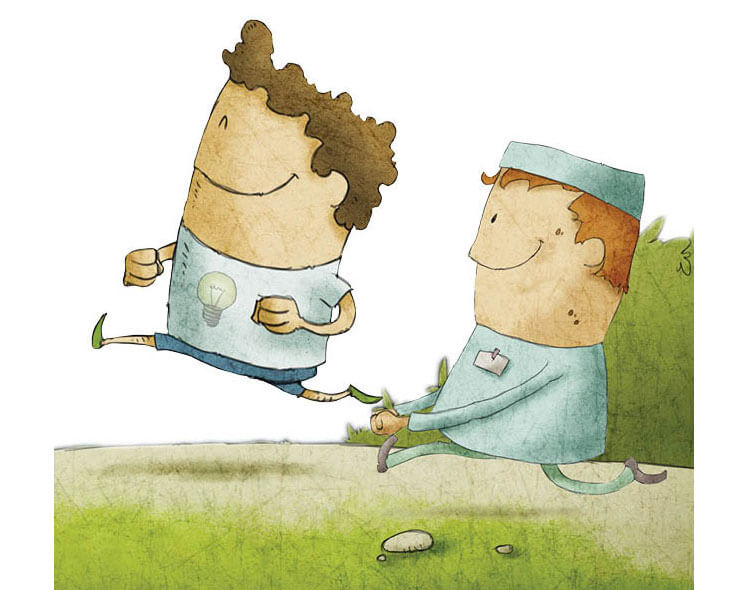
Peter Searson
Director, Institute for NanoBioTechnology
Recent Innovation: Cancer metastasis simulation
Move forward together. “Many important biomedical problems are inherently multidisciplinary, so it’s important to be aware of advances in different fields. I also recommend going for a run.”
